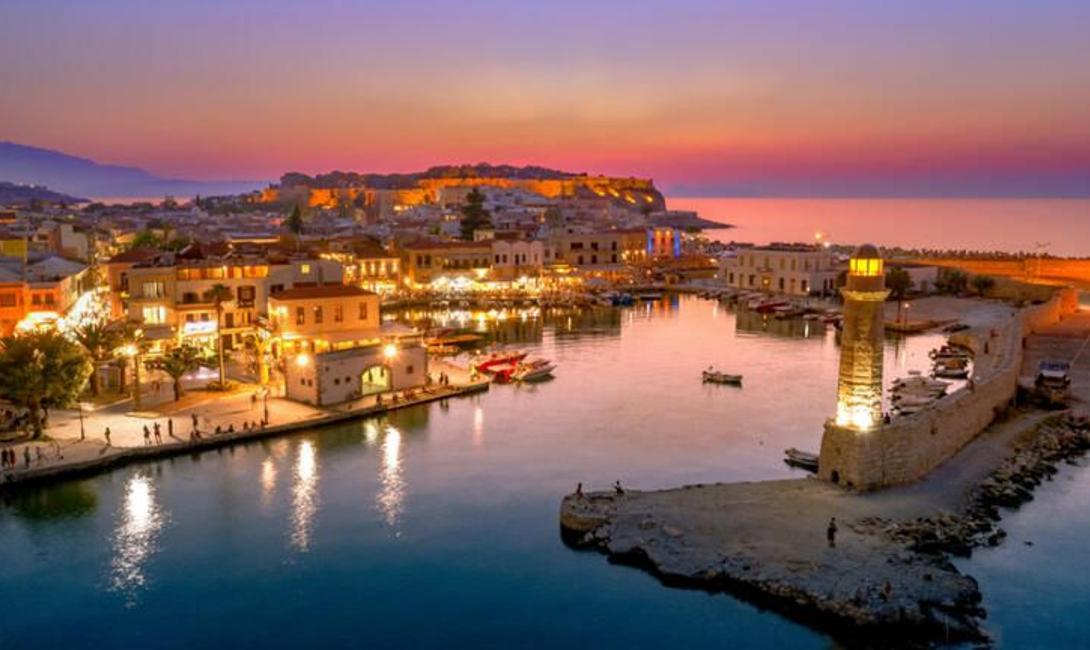
Rethymno
Location
Réthymno is the capital of the Prefecture of the same name and it is built between two other large cities of Crete. In the east is Iraklion (80 km) and to the west is Hania (60 km).
It lies along the north coast, having to the east one of the largest sand beaches in Crete (12 km) and to the west a rocky coastline that ends up to another large sand beach after 10 km.
It is the administrative, communications and commercial center of the Prefecture with approximately 25.000 inhabitants.
Today the city's main income is from tourism, many new facilities having been built in the past 20 years. Agriculture is also notable, especially for olive oil and other Mediterranean products. It is also the base of the Philosophical School and the University Library of the University of Crete and the School of Social and Political Sciences having 8.000 students on its university campus "Galos".
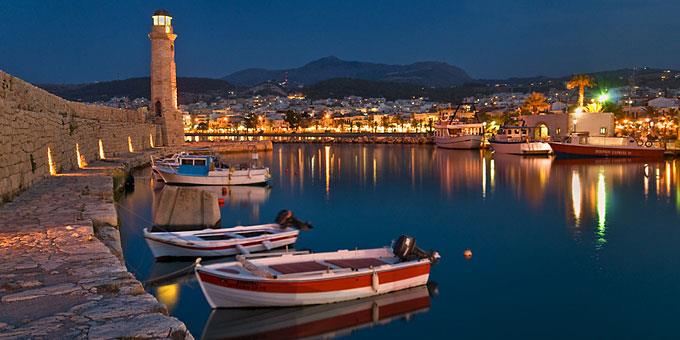
How to get there
There is direct connection all year round from the port of Rethymnon to Piraeus.Tours to Santorini are also organized during the summer.
Rethymnon does not have an airport but the city is served by the airports of Hania and Iraklion.
Public buses can be used for travelling to Hania, Iraklion and most of the towns and villages of the Prefecture of Rethymnon.
We strongly recommend you to rent a car from our website as we offer you the best possible prices in crete! You can book online now or get a quote for your favourite car here and enjoy rethymno the best way possible!
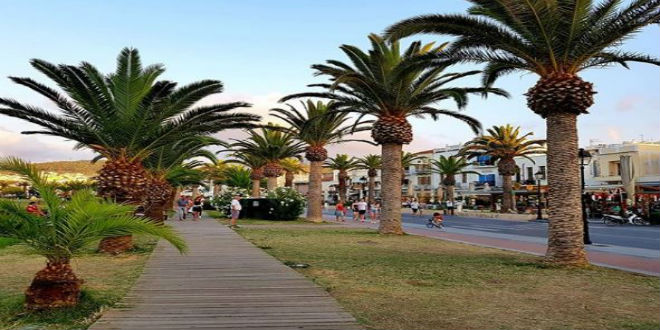
Where to stay
Rethimnon is a city that caters to the needs of the visitor.
There are a lot of places to stay ranging from luxury hotels to rent a room, bed and breakfast apartment buildings.
Sightseeing
Rethymnon Old Town
The town still maintains its old aristocratic appearance, with its buildings dating from the 16th century, arched doorways, stone staircases, Byzantine and Hellenic-Roman remains, small Venetian harbor and narrow streets.
The small port of Rethymno
I was of great strategic importance during the Venetian period. It was only able to accommodate small ships. From 1300 until today, the Venetian port has undergone numerous constructions. The 1618 wall that surrounds the port from the east is restored today with some recent interventions and additions. The original lighthouse was constructed during the Turkish period and was later replaced by another one. The building on the southeast part of the port was constructed in 1931 and functioned as a customs office. On the same location it is estimated that there was a quarantine house during the Venetian period. The vaulted spaces on the two or three-floor buildings at the port have been transformed to little and picturesque fish taverns, where visitors can enjoy the secrets of the Cretan cuisine.
The Venetian Loggia
an elegant building of the 16th century, that used to be a Venetian gentlemens's club and today houses the information office of the ministry of culture and a sales point of the archaeological museum.
Rimondi fountain
with rich decoration is situated at Platanos square, the centre of the Venetian town. It was built in 1626, by A.Rimondi, in order to provide the citizens with drinkable water.
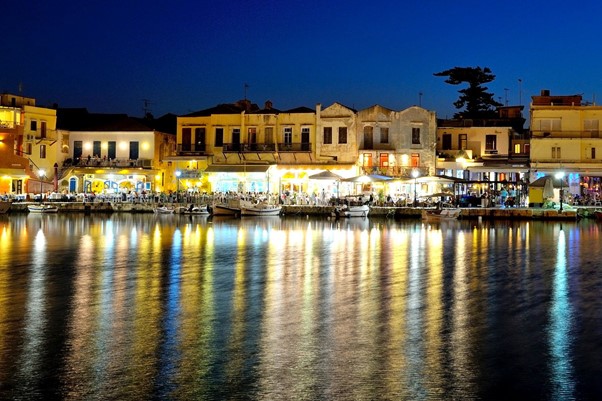
Neratzes mosque
formerly the Holy Virgin church, was converted into a mosque by the Ottomans. Today it is used as a music conservatory. Outstanding elements of this building are the doorframe and the three domes. Next to the mosque there is the impressive minaret, built in 1890.
Kara Mousa Pasa Mosque also a venetian monastery that was turned into mosque by the Turks. Today it is the house of the Restoration Board.
Porta Guora the entrance to the Venetian town is the only remnant of the defensive wall.
Folklore & history museum
(Vernardou 28-30. Open Monday to Friday 09.30-14.30. Closed Saturday and Sunday.) Housed in a restored Venetian building with an interior courtyard. Eight halls with collections that include textile and basket weaving, embroidery & lace, costumes, ceramics, historic photographs and maps, weapons and coins. Over 5.000 items dating from the 17th to the 20th century are displayed.
The Archaeological museum of Rethymno
(8am to 3pm, closed on Monday), just opposite the entrance of the fortress,
exhibits objects from the Neolithic to the Roman period, found at the prefecture of Rethymno (mainly Eleftherna, Monastiraki and Armeni). Clay figurines, funerary coffers, grave offerings, statues, grave steles, red-figure vases, bronze vessels, jewellery and glass vases, are some of the objects on display.
The Fortezza castle
at the top of a low hill named "Palaiokastro" dominates the town. It was built in 1590 to protect the city from the pirates raids and the Turks.
The name "Palaiokastro which means 'The old Castle" was in use even by the Venetians which demonstrates the existance of an even older castle at this place. - Probably the acropolis of the ancient town of Rithymna.
The interior of Fortezza accommodated the following basic buildings: the storeroom of the artillery, where canons and weapons were kept, the residence of the Councillors, where one of the city's two Venetian councillors lived, the residence of the Rector, which represented a luxurious, magnificent building in the central square of the fortress.
Today parts of those buildings, as well as of some others built later, can be seen. The view from up there is magnificent, especially at night.
The municipal theatre "Erofili" stands also at Fortezza's premises. It is an outdoor theatre that hosts almost all the performances during the Renaissance Festival.
The municipal gardens are ideal for those in search of shade and tranquillity.
Throughout the year various activities are organized which draw a large crowd. The Wine Festival is held there annually at the beginning of July. Another festival is held on 7-8th of November, in memory of the destruction of Arkadi Monastery.
Entertainment
Night life can range from extremely intense on the pubs and bars around the harbor and inside the old city , to relaxed on small bars right on the beach.
There is always fresh fish to be found in the tavernas around the harbor and there are many other restaurants and tavernas outside the city in equally attractive surroundings.
Shopping could also be interesting at Rethimno. There are lots of small shops with attractive merchantise from souvenirs, cards, etc to the most rare kind of sponge.
The old town of Rethymnon is one of the best-preserved towns of the Renaissance. Lying in the heart of modern Rethymnon, it combines the oriental features of the Turkish period with Renaissance-style Venetian architecture.
After the Venetian conquest of Crete (1204), the town of Rethymnon was built according to the rules of Venetian architecture. The original craftsmen were Venetians, but these later were replaced by Cretan murari, Venetian-trained master builders.
The layout of Rethymnon is directly linked to the sea, with the main Venetian street, the Ruga Maistra (today's coastal Venizelou Avenue) running parallel to the sea. The opposite is true of Heraklion and Hania, where the town is closed to the sea for reasons of defence and the main street is at right angles to the coast.

The private mansions of Rethymnon are not as impressive as those of Venice, mainly for financial reasons. Furthermore, the strong traditions of Cretan architecture could not be overcome, and Renaissance influences are most apparent on building facades.
Finally, as opposed to Heraklion and Hania, Greek features are predominant in Rethymnon because most nobles were Greeks, known as "Archondoromeoi" (noble "Romans", that is, inhabitants of the Eastern Roman Empire).
Many buildings with gothic features were lost in the destruction of the town by Ulu Ali in 1571, while Rethymnon was rebuilt almost in its entirety in the third quarter of the 16th century.
Many fine examples of Turkish architecture are preserved scattered around the narrow streets of the old town.
Their main feature is the heavy use of wood. Building styles changed during the years of the Turkish occupation (1646-1898) and the dressed stone of the Venetians was replaced by a wooden frame filled with rubble and mud (bagdati). The walls were then thickly plastered. The upper storey almost always projects out over the street (sahnisi) and is faced with wood, often with kafasoto latticework.
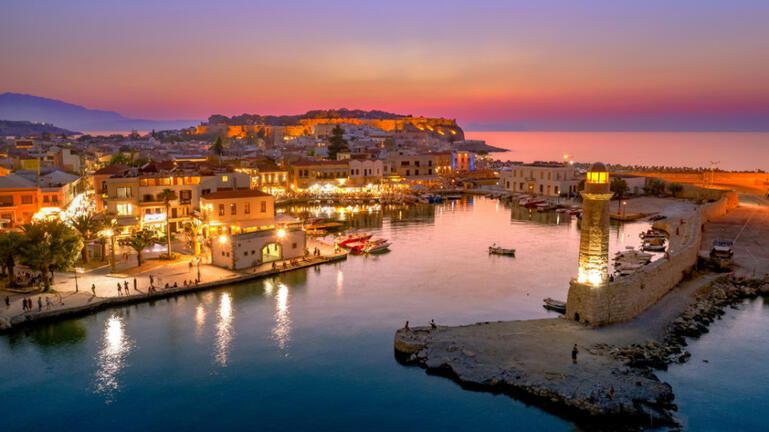
In Rethymnon the Turks made full use of the existing Venetian public and private buildings, which they modified according to their needs.
Today the old town of Rethymnon is a living museum of monuments of past centuries. Despite the damage sustained in the Second World War, many Venetian and Turkish monuments still stand, especially as the town has not been struck by major earthquakes.

